Winter, often characterized by chilly temperatures, shorter days, and dormant landscapes, may seem like a season devoid of color and life. Yet, amid the cold, winter flowers emerge, bringing vibrancy and a sense of hope to the barren landscape. These hardy plants possess a unique resilience, capable of withstanding the harshest conditions. From delicate snowdrops to fragrant winter jasmine, winter flowers not only serve as a reminder of the enduring power of nature but also offer a sense of comfort and beauty during the darkest months of the year.
The Adaptability of Winter Flowers
One of the most remarkable traits of winter flowers is their ability to thrive in conditions that would cause most other plants to wither. These flowers have adapted over time to endure the freezing temperatures, frost, and even snow. Many winter flowers are perennials, meaning they return year after year, regardless of the season's challenges. Their ability to bloom when most other plants are dormant is a testament to their hardiness and adaptability.
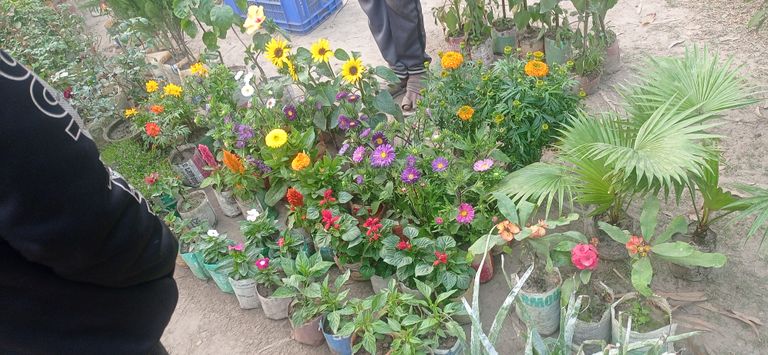
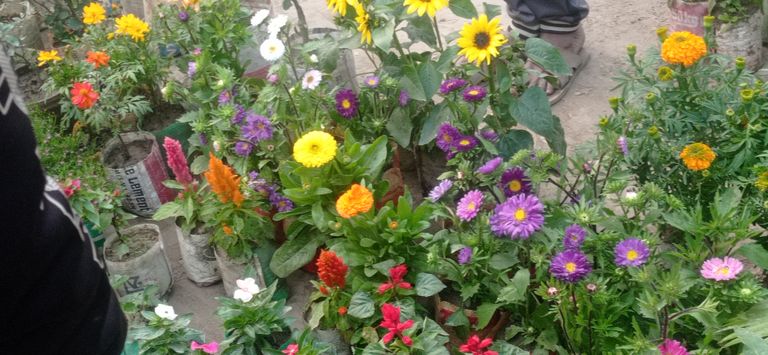
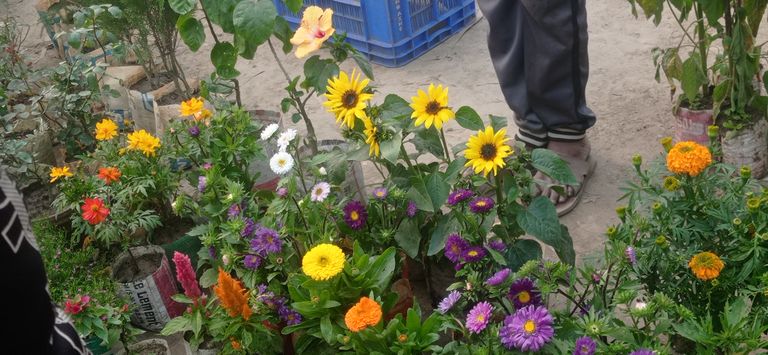
Winter flowers typically have specialized adaptations that help them survive the cold. For example, many have thick, waxy coatings on their leaves and petals, which help prevent moisture loss during dry winter months. Additionally, some plants bloom early in the winter when sunlight is limited, taking advantage of the brief spells of warmth. This early blooming allows them to attract pollinators, such as bees and butterflies, who are also emerging from their own dormancy. These flowers have become integral to the ecosystem during the colder months, supporting both wildlife and the environment.
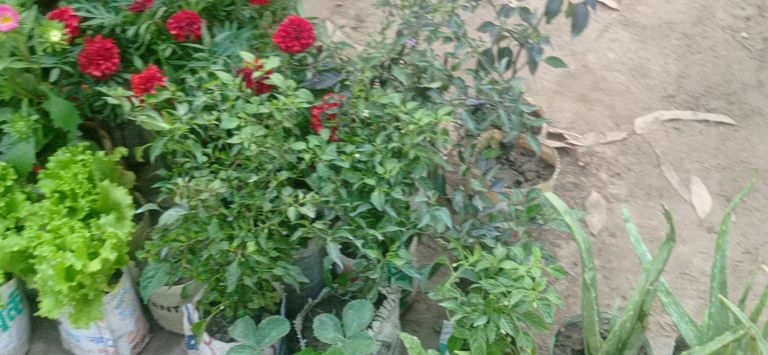
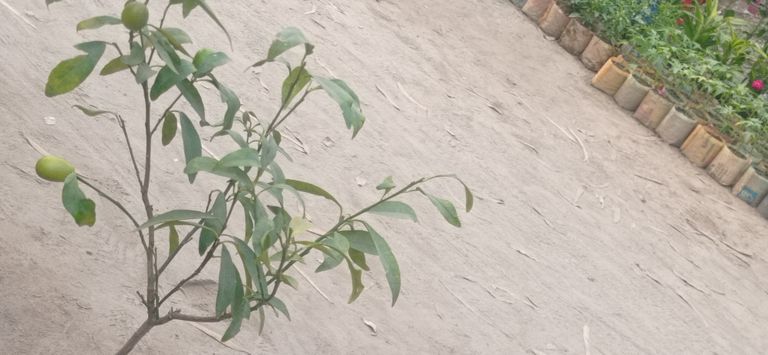
One of the most iconic winter flowers is the snowdrop (Galanthus nivalis). Snowdrops are often among the first flowers to bloom in the year, typically appearing in late winter, sometimes even before the snow has completely melted. These small, white flowers with their nodding heads are synonymous with the arrival of spring, symbolizing renewal and hope. Snowdrops thrive in cool climates and often grow in woodland areas, where the snow and frost melt first, giving them a chance to bloom in the early months of the year.
Another popular winter bloom is the hellebore (Helleborus), sometimes called the "Lenten rose." Known for its ability to bloom in mid-winter, hellebores come in a variety of colors, ranging from shades of white, pink, and purple to deep maroon and even green. These perennial flowers thrive in shaded, moist areas, and their ability to bloom during the colder months has made them a beloved choice in gardens. Their resilience in the face of winter’s harsh conditions is nothing short of extraordinary.
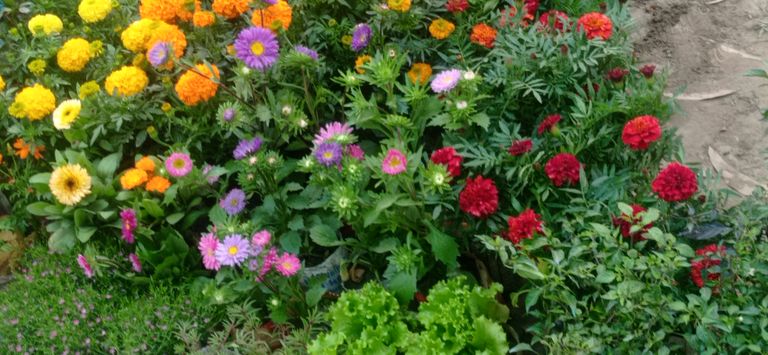
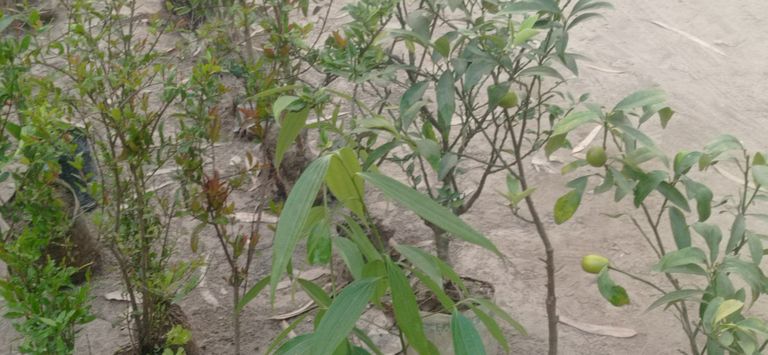
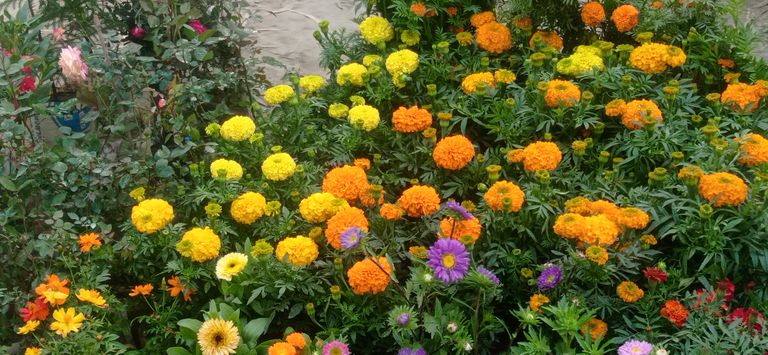
Winter jasmine (Jasminum nudiflorum) is another beautiful and fragrant flower that adds color to the winter garden. Unlike many jasmine varieties, which bloom in warmer months, winter jasmine produces bright yellow flowers in the depths of winter. It is a deciduous shrub, meaning it loses its leaves during the colder months, but its vibrant yellow blossoms contrast strikingly against the bare branches and the winter landscape. This plant’s ability to bring a touch of sunshine to the bleakness of winter has made it a favorite in gardens and landscapes.
The Symbolism of Winter Flowers
Winter flowers also hold deep symbolic meaning. In many cultures, they represent resilience, hope, and renewal. Despite the difficult conditions of winter, these flowers manage to bloom, reminding us that life continues even in the most challenging times. In a way, winter flowers embody the spirit of endurance and the promise of spring, encouraging us to look forward to brighter days ahead.
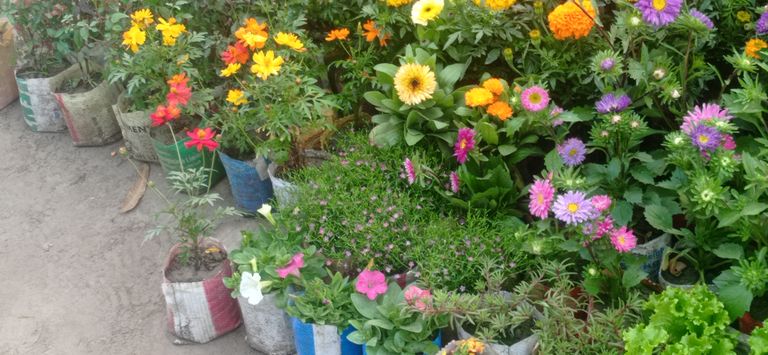
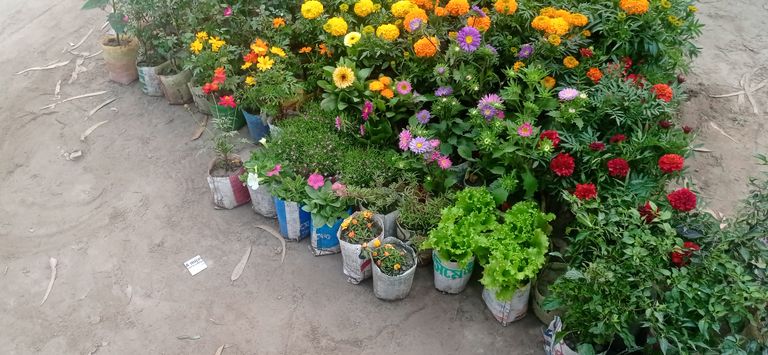
In addition to representing hope, winter flowers are often associated with various holidays and traditions. For instance, poinsettias, though typically associated with Christmas, are a striking winter bloom that adds festive color to homes and public spaces. Their vibrant red and green leaves are a symbol of the season’s joy and warmth, offering a festive touch when most outdoor plants are dormant.
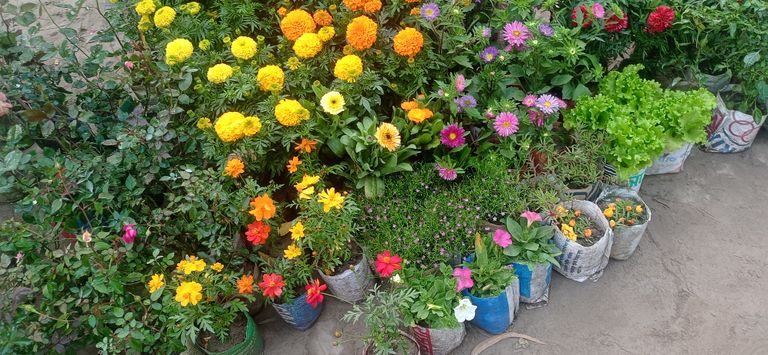
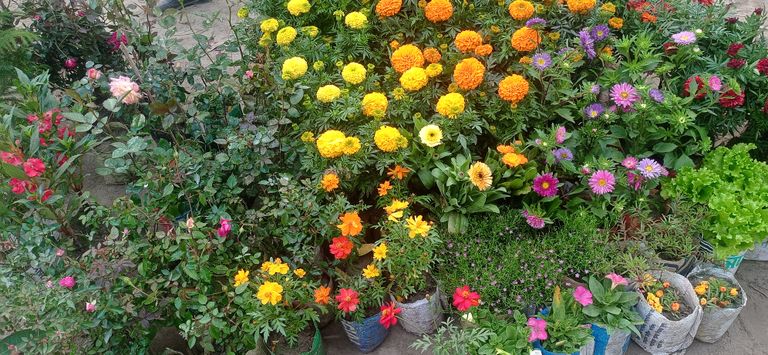
Winter flowers may seem like a small detail in the grand scheme of the cold season, but they play an important role in both nature and human life. Their ability to bloom in the harshest conditions speaks to their resilience and adaptability, qualities that we can all learn from. These flowers not only add color and fragrance to winter gardens but also symbolize the persistence of life through adversity. Whether it’s the gentle snowdrop, the vibrant winter jasmine, or the graceful hellebore, these flowers remind us that even in the darkest of seasons, there is beauty, hope, and life to be found.
So far Today...
Stay Home
Thanks for Your Time Friend.
♥♥♥♥♥♥
Ok
See you Again in a New blog.
Thanks for being with me.
Plese Follow Me......
@mspbro
★★To contact me★★
Subscribe My 3speak Channel https://3speak.online/user/mspbro
Follow me Twitter https://twitter.com/mdsumonpra
Add me Facebook https://www.facebook.com/sumon.mim84